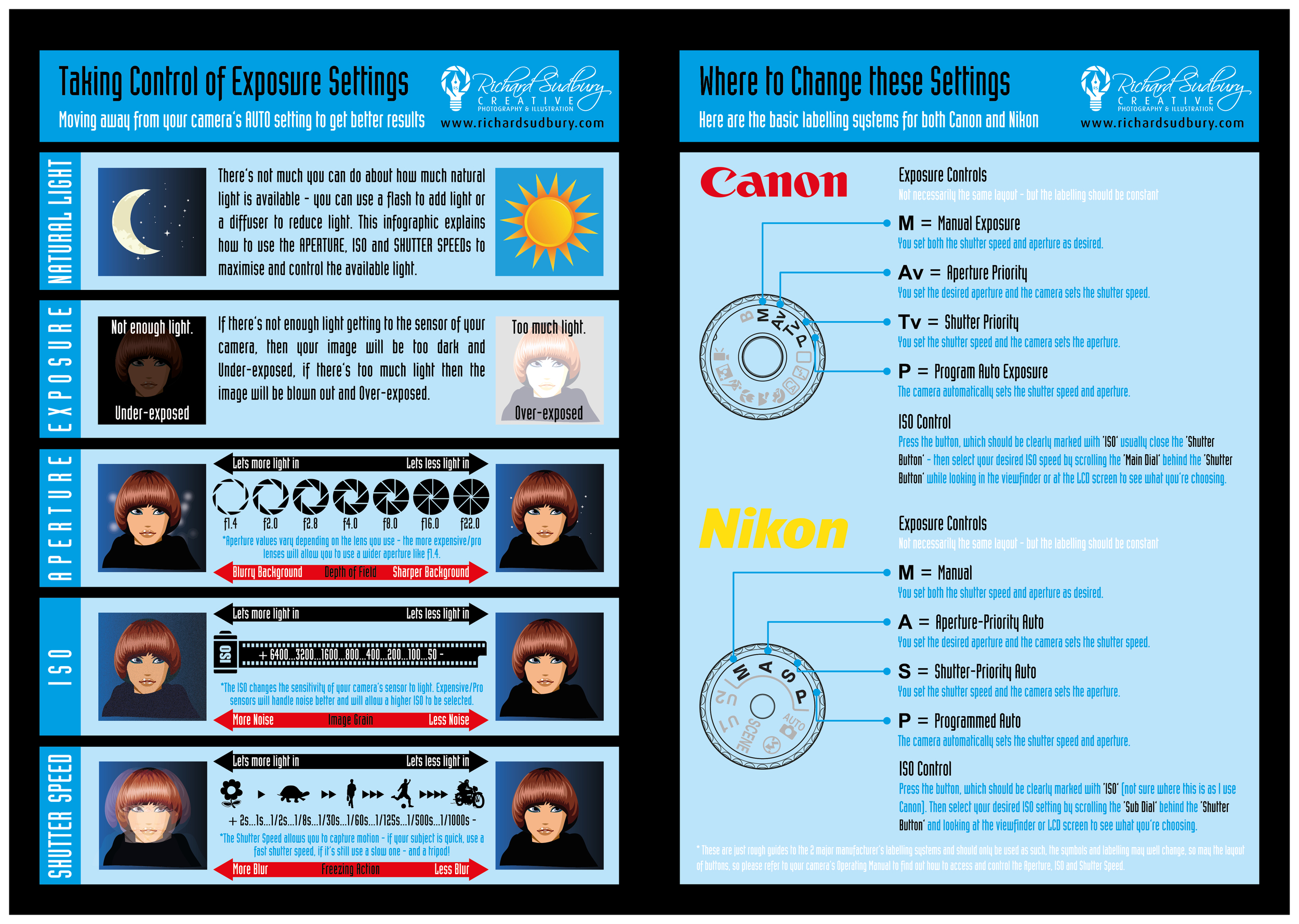What Every Photographer Needs To Learn About Illumination
What Every Photographer Needs To Learn About Illumination
Blog Article
Post Writer-Caldwell Covington
As a professional photographer, you understand that lights can make or damage your pictures. Understanding the nuances of both natural and artificial light is vital for recording the mood and clarity you go for in your work. Whether you're chasing after the best gold hour glow or fine-tuning your artificial arrangements, mastering these components can boost your photography dramatically. However there are common challenges that numerous ignore, and acknowledging them can transform your technique to every shoot. Let's explore what you could be missing out on and just how it can impact your outcomes.
Comprehending Natural Light
Comprehending natural light is essential for any type of digital photographer seeking to enhance their work. It's the foundation of great photography, affecting mood, tone, and quality. When you shoot outdoors, take note of the moment of day. More Information and facts -- soon after sunup and before sundown-- uses soft, cozy light that can change common scenes into magnificent images.
Do not take too lightly the power of cloudy days. Cloud cover diffuses sunshine, developing a soft, also light that's best for portraits and macro photography. You'll discover shades appear this sort of lighting without harsh shadows.
Positioning matters, as well. Constantly consider your subject's orientation to the light source. If the sunlight's behind your subject, you may end up with a silhouette, which can be dramatic but mightn't be what you want. On the other hand, straight sunshine can create unflattering shadows.
Experiment with angles; sometimes, changing your viewpoint can generate amazing results. Usage all-natural reflectors, like water or sand, to jump light onto your subject, adding measurement.
Learning Artificial Light
Grasping synthetic light is vital for photographers that want to take their abilities to the following degree. Whether you're utilizing speedlights, workshop strobes, or constant lights, understanding how to adjust these resources can drastically improve your images.
Start by familiarizing on your own with the essentials of light high quality, direction, and color temperature level. Explore various modifiers like softboxes, umbrellas, or grids to manage the softness or harshness of the light.
You'll locate that soft light frequently develops flattering results, while harsher light can include dramatization and deepness. Do not shy away from darkness; they can enhance the three-dimensionality of your subjects.
Pay very close attention to the positioning of your lights. A light located too close to your topic can produce unflattering results, while as well away can cause an absence of detail. Use a light meter or your video camera's histogram to ensure you're exposing correctly.
Lastly, bear in mind that fabricated light can be blended with ambient light for imaginative effects. Balancing these resources might take technique, once you master it, your digital photography will truly beam.
Strategies for Different Circumstances
When you step into various capturing circumstances, adapting your lighting strategies is essential for capturing the best images. For outdoor portraits, utilize the gold hour-- morning or late afternoon light-- to soften darkness and improve skin tones.
If it's a harsh lunchtime sun, consider using a reflector to jump light back onto your topic or look for shaded locations for a much more even exposure.
In low-light situations, like interior occasions, increase your ISO and utilize a broad aperture to allow in even more light. https://telegra.ph/Innovative-Digital-Photography-Ideas-Unleashing-Your-Creative-Imagination-01-08 can help get rid of electronic camera shake, permitting longer direct exposures without obscuring.
If you're shooting at night, experiment with off-camera flash to produce vibrant lights and deepness in your pictures.
For item photography, make use of diffused lights to avoid extreme reflections. Softboxes or light camping tents can aid achieve this effect.
When photographing landscapes, take into consideration the instructions of light and time of day, as it can drastically change the mood of your shot.
Always be ready to readjust your settings and positioning based upon the circumstance, as versatility is essential to understanding lighting in digital photography.
continue reading this
In conclusion, grasping illumination is vital to boosting your photography skills. Accept natural light's charm throughout gold hour, and don't shy away from explore man-made light methods. By adjusting your technique to different situations, you'll capture spectacular photos that reverberate with emotion and clearness. Keep in mind, the ideal illumination can change a common shot into something phenomenal, so maintain exercising and improving your understanding of both all-natural and artificial light. Happy capturing!
